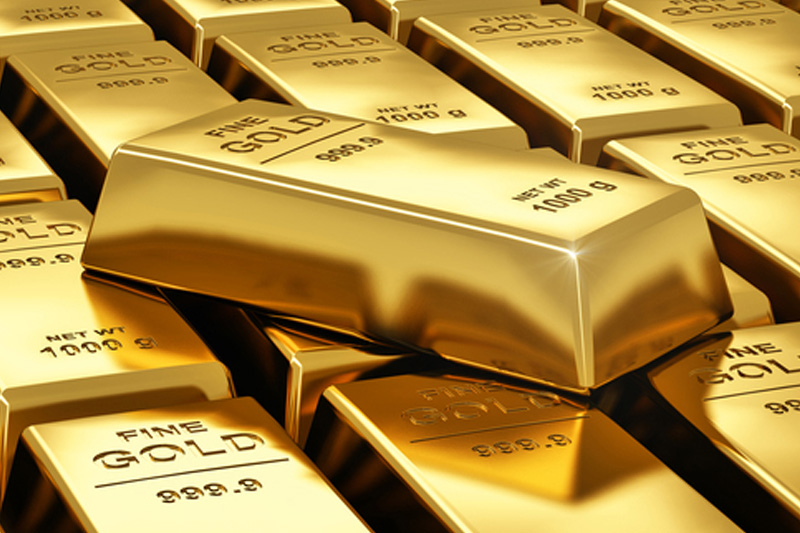One & One Green Technologies stock soars 100% after IPO debut
By Barani Krishnan
Investing.com -- Converse to the notion of all boats that rise in a high tide, hawkish talk by the Federal Reserve and other central banks is now pulling down all markets, safe havens included.
Gold to silver, platinum and palladium joined oil and other energy commodities on Friday in the sea of red buffeting Wall Street indexes from the Dow to the S&P 500 and Nasdaq
“Everytime you get this massive acceleration down in equities on rate hike talks, you’re going to have some follow-through selling on precious metals,” Phillip Streible, metals strategist at Blue LIne Futures in Chicago, said. “The baby goes out with the bath water, so to speak.”
Front-month June gold futures on New York’s Comex settled Friday’s trade down $13.90, or 0.7%, at $1,934.30 an ounce. For the week, it fell 2%, an unexpected slide after its upward swing on Monday to a six-week high of $2,003.
Gold slid as the Dollar Index hit a more than two-year high of 101.34 on Friday while the benchmark 10-year Treasury yield neared December 2018 highs.
“High inflation and an uncertain economic environment have been very supportive for the yellow metal and I don't expect that to change but the more tightening markets price in, the more resistance we'll see gold rallies,” said Craig Erlam, analyst at online trading platform OANDA.
“Of course, that may change if recession warnings start flashing but as yet, there remains some confidence that this can be avoided,” said Erlam. “The 5/30-year bonds have inverted again which may cause some alarm but at the moment, the 2/10 spread remains positive, just.”
Friday’s liquidation trigger for markets came from tough rate hike language that started early in the week by an array of Fed officials — including James Bullard and Mary Daly, who head the central bank’s St. Louis and San Francisco divisions, respectively — and was echoed toward the end of the week by Chairman Jerome Powell himself.
All were pushing for a 50-bps, or half percentage point, hike at the Fed’s next policy meeting set for May 4-5 after the mere 25 bps, or quarter point, increase in March. Bullard was even suggesting a 75 bps, or three-quarter point, hike at some point, saying the Fed was way behind the curve in fighting inflation that showed no sign of retreating from 40-year highs.
“Some fear that a 50 basis point rate increase will be the first of many and could slow down the economy and the demand for oil,” Phil Flynn, energy analyst at Price Futures Group in Chicago.
“It is not just a tightening cycle upsetting traders overnight but also the pricing in of a 50-basis point interest rate increase by September by the European Central Bank. The Bank of Japan on the other hand wants to remain dovish but worries that the course of the U.S. and Europe could force them to change course.”
Fawad Razaqzada, analyst at StoneX’s City Index, concurred with Flynn.
“We won’t be hearing much from Fed speakers in the next couple of weeks as we enter the blackout period ahead of the central bank’s May 4 meeting. “But the damage has already been done and the message has been loud and clear: US Federal Funds Rate will most likely rise by 50 basis points at that meeting,” said Razaqzada.
